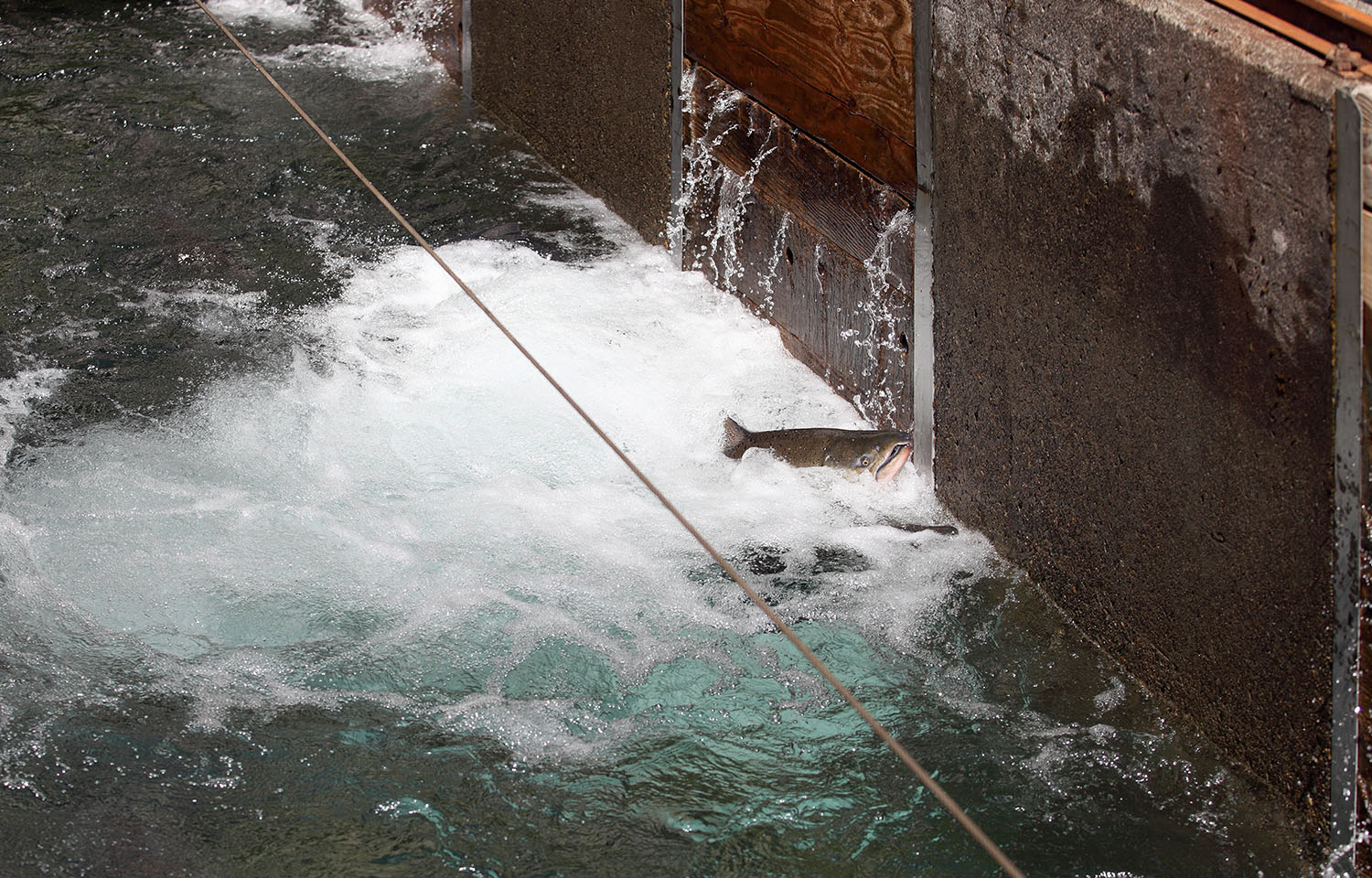NOAA Fisheries has requested a USD 1.1 billion (EUR 1 billion) budget for operations, research, and facilities in 2025, a slight decrease from the USD 1.3 billion (EUR 1.2 billion) Congress allotted the agency for fiscal 2023 and roughly equivalent to the fiscal 2024 funding congressional leadership agreed to earlier in March.
One of NOAA Fisheries’ budget priorities is growing funding for Mitchell Act hatcheries in the Columbia River Basin. The agency is seeking an increase of USD 10 million (EUR 9.2 million), bringing total 2025 funding to USD 75 million (EUR 69 million). According to the budget request, the additional funding is “part of the [Biden] administration’s commitment to prioritize the restoration of healthy and abundant wild salmon, steelhead, and other native fish populations to the Columbia River Basin, and honor the United States’ obligations to tribal nations.”
The agency claims that only 36 hatchery programs are currently funded, but the additional USD 10 million (EUR 9.2 million) will enable NOAA Fisheries to fund all 60 hatchery programs. If approved by Congress, the funding will “enable the production of roughly 42 million hatchery fish annually,” which will translate into the harvest of roughly 250,000 salmon according to NOAA.
The Columbia River Basin has been a major focus for the Biden administration. In 2023, U.S. President Joe Biden signed a memorandum prioritizing the restoration of fish to the Columbia River Basin. The administration also signed a new agreement with the Confederated Tribes of the Colville Reservation, the Coeur d’Alene Tribe, and the Spokane Tribe of Indians to help restore and reintroduce salmon to blocked areas of the Upper Columbia River Basin with USD 20 million (EUR 19 million) in funding over the next 20 years. Later in the year, the federal government announced the availability of USD 60 million (EUR 55 million) in Inflation Reduction Act funding to help address deferred maintenance and upgrade facilities.
In December 2023, the administration announced an agreement with Pacific Northwest states and tribes to restore wild salmon populations which, along with the other initiatives, would bring more than USD 1 billion (EUR 920 million) in federal investments to restoring fish in the Columbia River Basin over the next decade.
“Under President Biden’s leadership, the federal government is charting a new path forward, in partnership with states and tribal nations in the region, for the restoration of wild salmon and other native fish in the Columbia River Basin while safeguarding and strengthening sustainable energy and water resources,” the White House said in its announcement.
A major focus for NOAA in 2025 will be supporting the administration’s efforts to deploy 30 gigawatts of energy from offshore wind by 2030 while protecting biodiversity. NOAA Fisheries will be a key part of that effort, seeking USD 25 million (EUR 23 million) in additional funding to support scientific survey mitigation, fisheries science and technical reviews, protected species environmental reviews, and fisheries management around wind energy developments. Across all areas, NOAA Fisheries is asking for USD 44 million (EUR 41 million) to “address the rapid expansion and the impacts of offshore energy projects.”
In addition to its topline operations, research, and facilities budget request, NOAA Fisheries is seeking continued levels of financial support for some of its major funds, including the Pacific Coastal Salmon Recovery Fund, the Fishermen’s Contingency Fund, and the Seafood Inspection Program Trust Fund. Including those and other funds, NOAA Fisheries’ total budget request rises to USD 1.2 billion (EUR 1.1 billion).
Outside of NOAA Fisheries, NOAA is seeking an additional USD 18 million (EUR 16 million) in support for national marine sanctuaries and marine protected areas, bringing total 2025 funding for that program to USD 87 million (EUR 80 million). That funding will be used to further the Biden administration’s America the Beautiful Initiative, which aims to conserve 30 percent of U.S. lands and waters by 2030. A major initiative along that front is the administration’s efforts to designate a National Marine Sanctuary in the Pacific Remote Islands.
Congress will ultimately decide whether to go along with NOAA’s proposed 2025 budget. Legislators only came to an agreement on NOAA’s 2024 funding – along with funding for several other agencies – earlier this month, despite a 1 October 2023 deadline for having new funding in place. Congress has been able to avoid a government shutdown and keep funding flowing so far through continuing resolutions.
NOAA Fisheries received a slight budget reduction for FY 2024, partly due to a debt-ceiling compromise agreed to in June 2023 to limit discretionary spending.
U.S. Senator Patty Murray (D-Washington), who chairs the Senate Appropriations Committee, praised the Senate for passing the massive funding package that included NOAA funding in March.
“We protect critical investments to support salmon restoration and maintain our fisheries, and we rejected extreme far-right poison pill policies,” Murray said.








